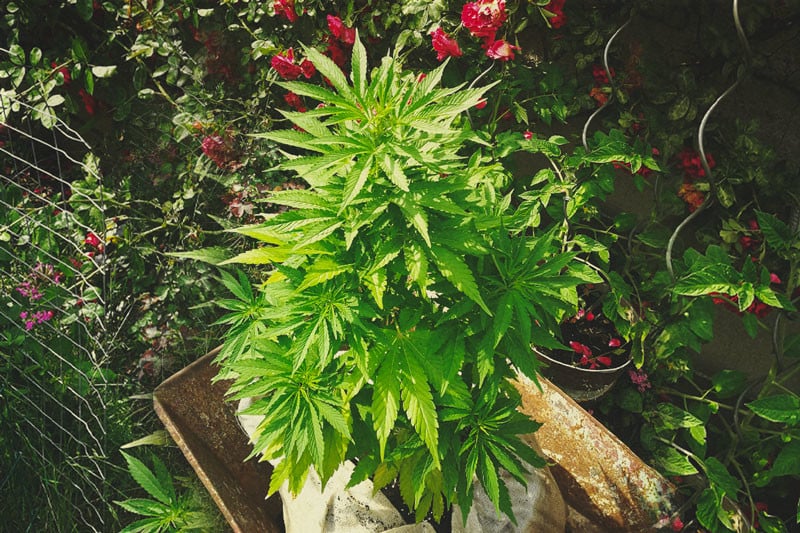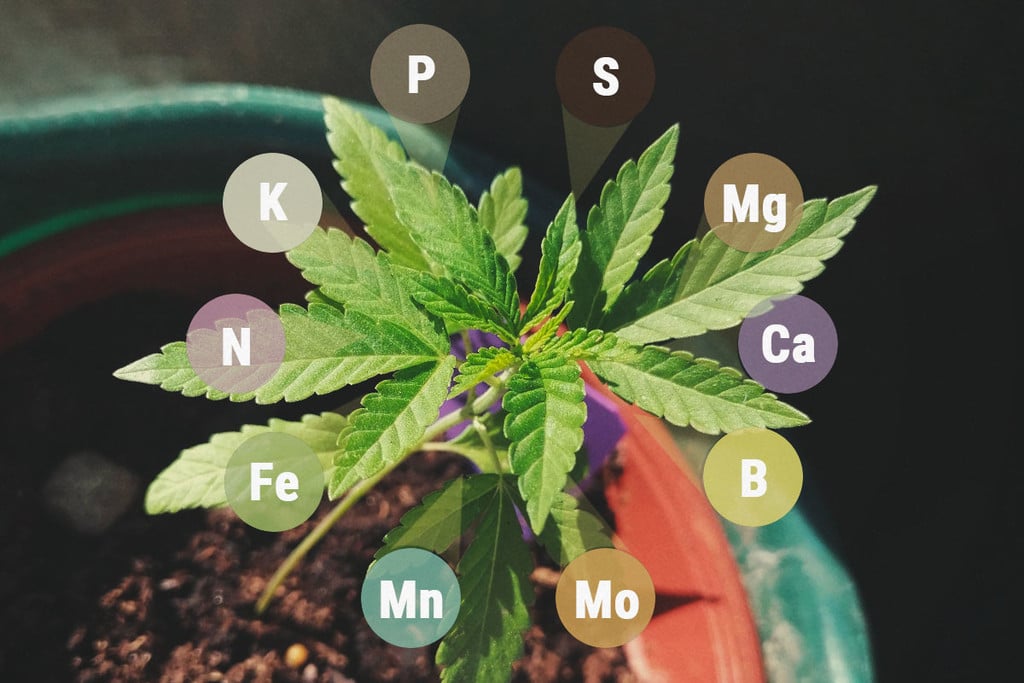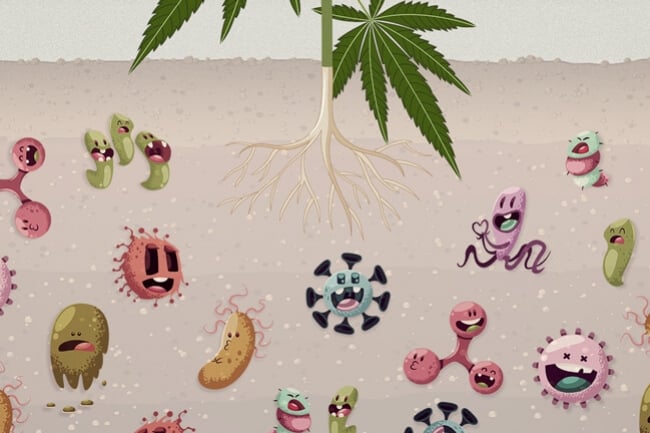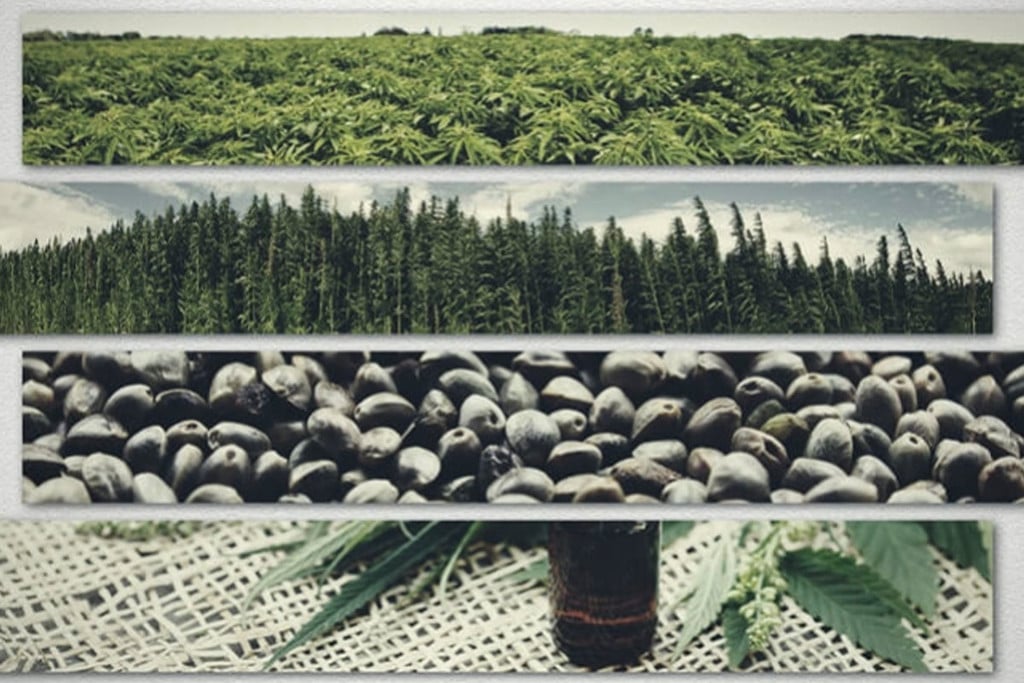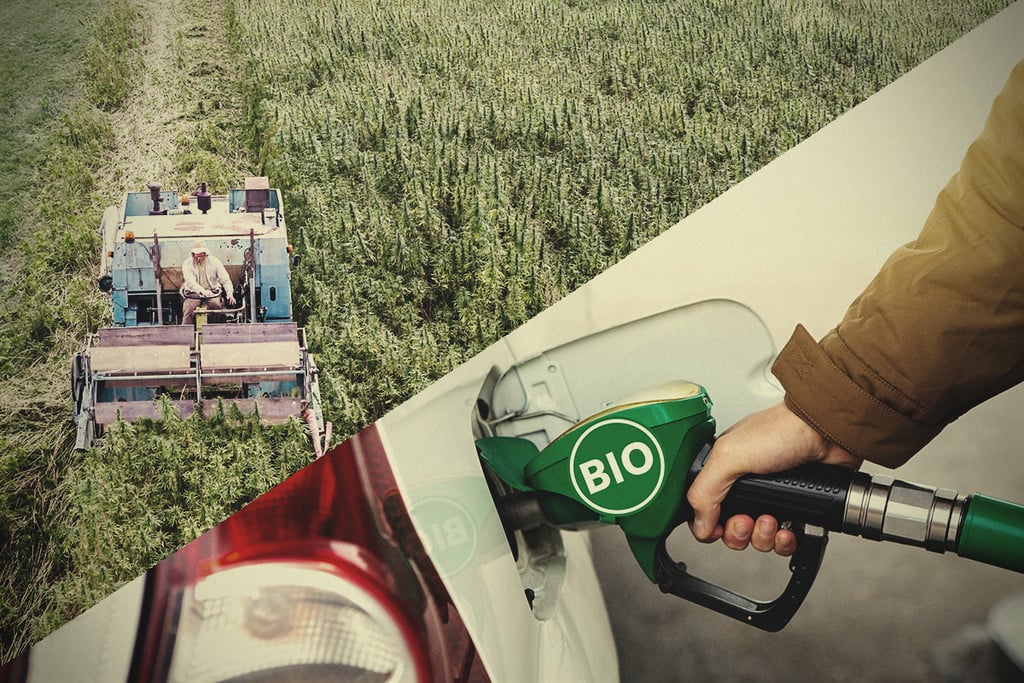.
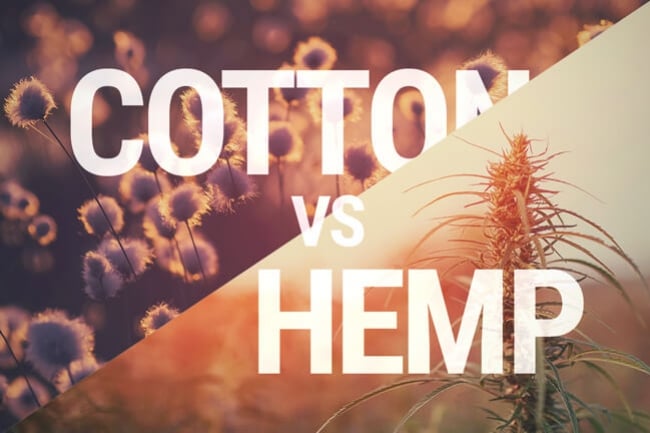
Hemp And Cotton: Which Is The Better Textile?
Hemp is an incredible material; but if you're anything like the average Westerner, most of your clothing will be made of cotton, not hemp. Why is this the case? Read on as we explore the storied history of hemp and cotton, learn how cotton became supreme, and perform an evidence-based comparison of each.
For centuries, a quiet war has been raging between cotton and hemp. As the two materials fight for real estate on our backs and bodies, our choices can help empower one or the other. But which is the superior textile? And how did these two materials come to occupy positions of such animosity?
HISTORY OF HEMP AND COTTON
Hemp is an ancient crop, and has been cultivated for over 10,000 years. It was a mainstay of Ancient China and Mesopotamia, and was used to produce rope, sailcloth, and paper. The medicinal properties of the hemp plant were being put into use by 2700 BCE.
Cotton also has an ancient story. Bolts of cotton have been found in the Americas dating back to 7000 BCE. Indus Valley and Egyptian civilisations were weaving cotton into clothing from 3000 BCE. By 800 AD, Arab merchants introduced cotton to Europe.
Christopher Columbus took hemp to the Americas, where it became a staple crop. By the 1600s, it was legally mandatory for North American farmers to grow hemp. It was used to make textiles, rope, and oil.
Meanwhile, a competitor gathered in the wings. By 1616, colonists were growing cotton plants along the St. James River in Virginia. Still, in the 17th century, hemp was king.
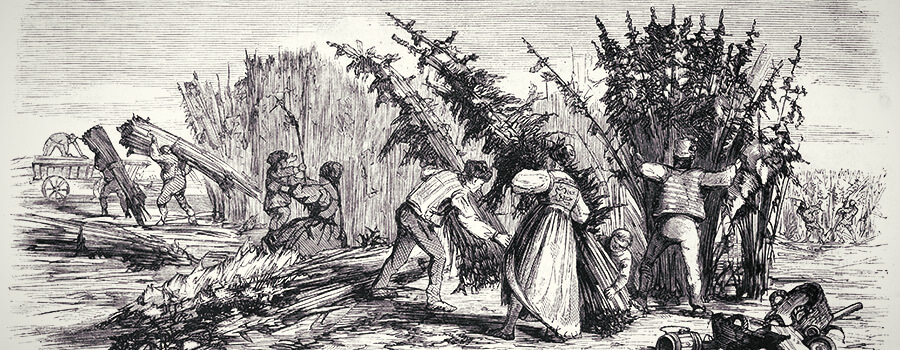
All that changed with the invention of the cotton gin. Massachusetts’ Eli Whitney patented the invention in 1793. It allowed cotton seeds to be separated from the fibres ten times faster than by hand, allowing cotton production to speed up exponentially. After the invention of the cotton gin, the value of US cotton crops increased from $150,000 to $8 million in ten years.
Across the sea, hemp was to play a role in one of the 19th century’s most significant wars. Napoleon Bonaparte, emperor of France, was determined to vanquish the British, and attempted to do so by strangling their economy. In 1807, he signed the Peace Treaty of Tilsit with Russia, where both parties agreed to end all trade with Britain. However, Britain was dependent on Russia for hemp, and both countries had strong trading interests in the textile. The Czar didn’t enforce the treaty, and trade with Britain continued. Securing the hemp trade was one of Napoleon’s motivations for his 1812 invasion of Russia, which led to his downfall.
By the 20th century, hemp and cotton were both booming. But the fortunes of one would soon take a serious blow. The US Marihuana Tax Act of 1937 outlawed both cannabis and hemp, despite the fact that the latter contains less than 0.3% THC and is not psychoactive. Other Western countries followed suit, and hemp soon found itself a fugitive crop. Meanwhile, cotton enjoyed large subsidies from wealthy governments, and its fortunes flourished.
Is the favoured child of the textile world truly the superior material? Or has history dealt hemp a grave injustice?
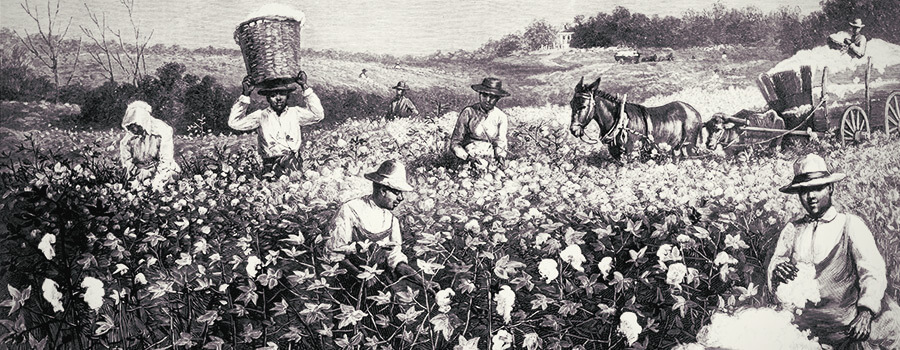
HEMP AND COTTON: A BATTLE OF MERITS
To determine which of cotton and hemp is the better textile, we’ll compare both materials on a series of metrics, and decide the victor after examining the evidence.
LAND USE
On this metric, cotton had better plead no contest: hemp can produce the same amount of material as cotton on half the amount of land. This may not have been much of a concern to 18th century American farmers, but in the modern world where land is scarce, efficient crops get major points.
WATER USE
Again, hemp knocks it out of the park. Cotton needs 9.7 litres of water to grow 1kg of fibre, while hemp only needs 2.1. Some areas of the world are experiencing water shortages, or even desertification from cotton cultivation. Switching to hemp could help preserve the earth’s freshwater resources.
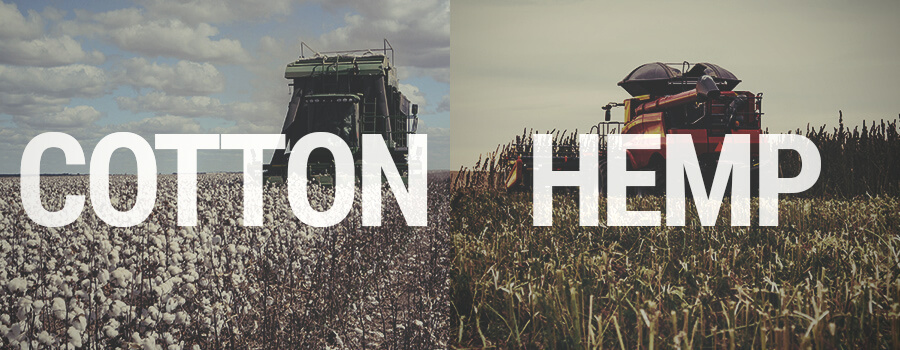
PESTICIDE USE
Cannabis plants[1], including hemp, act as natural pesticides to insects, nematodes, mites, and weeds. As such, they require less pesticide treatment than cotton. As discussed earlier, hemp only requires half the land as cotton for the same amount of product, which further reduces the amount of pesticide going into a hemp shirt as compared to a cotton one. Also, because hemp takes up less space, the cost of switching to organic is vastly reduced for hemp in comparison to its competitor.
DAMAGE TO SOIL
Hemp can be grown in the same soil for 14 years without doing much damage to the land. Further, by allowing hemp to dry in the fields, up to 60% of its nutrients can be returned to the soil. Recent research[2] has shown how hemp can remediate soil by pulling heavy metals out of the ground; however, hemp used for this purpose should probably not be used to make consumer goods. By contrast, cotton devastates soil. Runoff from high pesticide use in cotton growing can damage the surrounding ecosystem. One study[3] showed that genetically modified Bt cotton can kill important enzymes and bacteria in the soil. Hemp here is the clear winner.
CONSUMER EXPERIENCE
When it comes to softness of material, cotton is the victor. Few textiles can compare with the soft fluffiness of a cotton garment. That being said, hemp gets softer with use, and is by no means rough. Moreover, hemp is more durable than cotton and doesn’t break down nearly as quickly with washing. If more clothes in the world were made of hemp, we wouldn’t need to replace garments as often.
Both materials are breathable, acting as natural wicking systems. This means that air can pass through, and the materials are effective at pulling moisture away from the body. This is a big advantage that both hold over synthetic fibres, which can lock moisture in. Further, both dispel odours effectively. In addition, hemp has antimicrobial and antibacterial properties, and so hemp clothing is resistant to mould and mildew.
Before being dyed, cotton is white or off-white in colour. This makes it easy for manufacturers to dye cotton and make garments in whatever colour variety they chose. Depending on its source, hemp can be naturally white, grey, green, or black. This also provides a decent amount of versatility as it can allow the dyeing process to be skipped in many cases.
Overall, both materials provide an excellent consumer experience, which is surely a big reason for the success of each. In this domain, the textiles are tied.
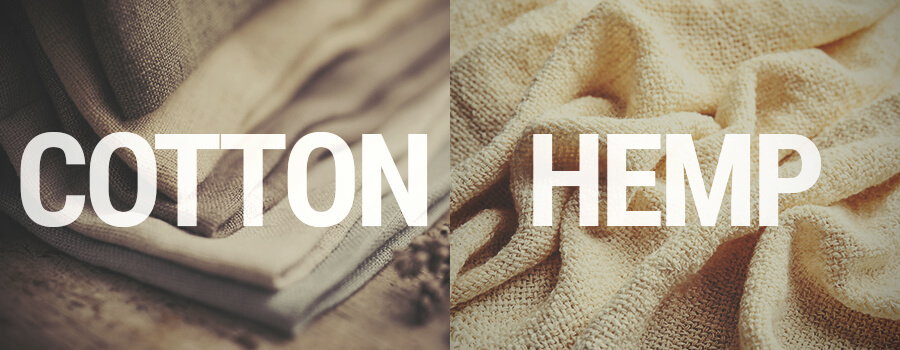
CO₂ SEQUESTRATION
What’s one way to address climate change? Sequestering CO₂ in plants and then making practical use of those plants. Both cotton and hemp are effective at sequestering CO₂, with carbon comprising 40% of cotton’s dry weight and 44% of the dry weight of hemp stems. Hemp’s advantage here might be even larger: hemp has a wider variety of applications than cotton, and can be utilised for construction, oils, upholstery, rope, paper, and much more. Putting hemp to greater and greater use is a high-leverage way to fight climate change.
Taking all these factors into consideration, we end up with a clear winner: hemp! Hemp is by far the more efficient material, and is way better for the environment than cotton, despite being at least equally as useful for consumers. It seems that history favoured the wrong material, and we’re all paying for it as a consequence.
That being said, the fortune of hemp seems to be reversing. The 2018 US Farm Bill has finally decriminalised hemp, following in the steps of Europe and Canada. In a stale global economy, the hemp industry is booming, with projected annual growth[4] of 14% through to 2025. The 20th century was rough on hemp, but with some luck, the 21st century will tell a different tale for these two textiles.
- Cannabis as repellent and pesticide http://www.druglibrary.net
- Can Hemp Clean Up the Earth? - Rolling Stone https://www.rollingstone.com
- Effect of Bt-transgenic cotton on soil biological health https://www.researchgate.net
- Industrial Hemp Market Size, Share | Industry Report, 2020-2027 https://www.grandviewresearch.com


























